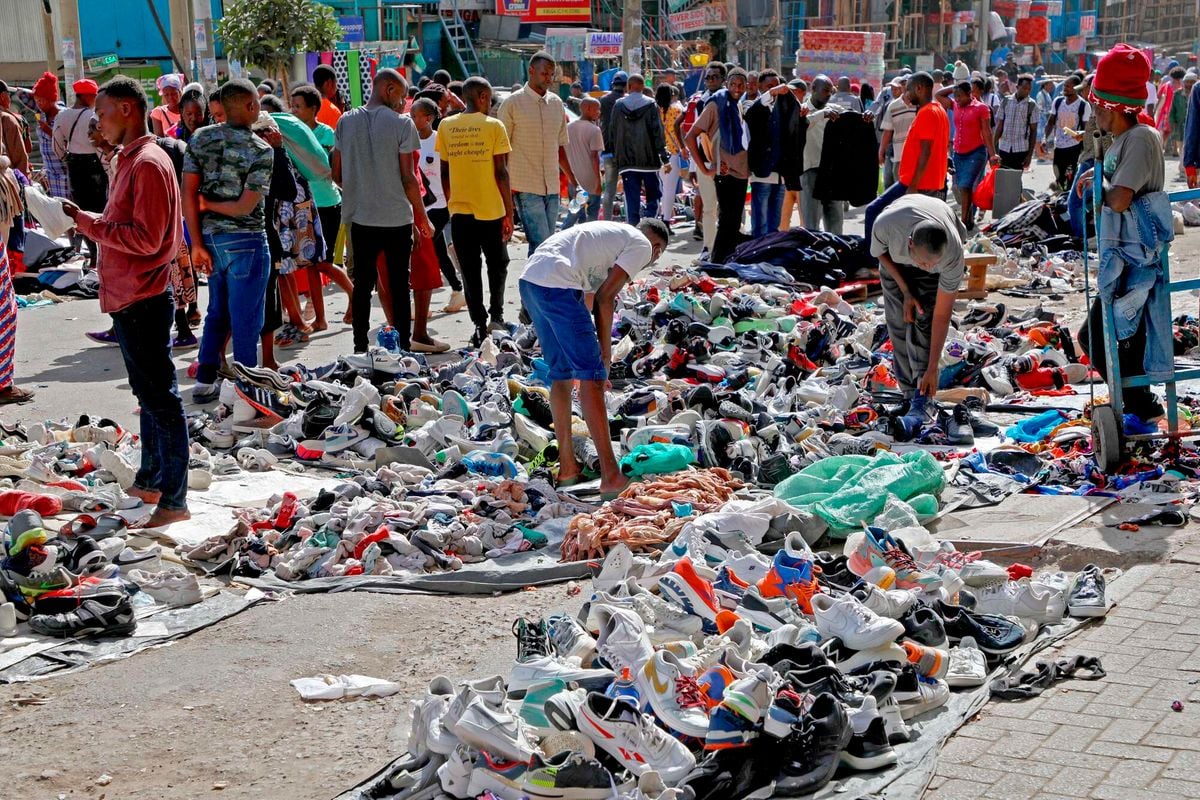


The quantity of second-hand clothes imported from China, which is Kenya’s main source of the popular low-cost used clothing, jumped by 86.2 per cent in the first quarter of this year signalling increased demand.
Data from Chinese authorities shows the country exported 31,594 tonnes of second-hand clothing and accessories to Kenya between January and March 2024, valued at $22.732 million (Sh3.03 billion).
In the first quarter of 2023, the value of second-hand clothes imported from China was $20.651 million (Sh2.768 billion) for 16,962 tonnes brought in.
Second-hand clothes, which are commonly known as mitumba, are popular, especially among low and middle-income earners due to their low price compared to new clothes which are more expensive.
The trade is a multi-billion-shilling enterprise employing an estimated two million individuals, according to government estimates.
Traders in the cheaper used clothes operate especially from major markets and shopping hubs such as Gikomba, Eastleigh, Muthurwa and Toi as well as on roadsides and within residential areas.
Traders imported 177,664.4 tonnes of second-hand clothes in 2022 valued at Sh19.9 billion, according to the Kenya National Bureau of Standards (KNBS).
China is the largest source of imported second-hand clothes, with the US, Canada and countries in the European Union (EU) also major suppliers of low-cost clothing to Kenya.
As the trade booms, the local textile industry is struggling, which means it cannot produce enough clothes to meet the rising demand even as Kenya’s population continues to grow.
Kenya has 52 textile mills that convert fibre into yarn, but only 15 are operational, according to the Kenya Institute of Public Policy Research and Analysis (Kippra).
Further, due to low labour productivity and low technology, operating textile mills use only 45 percent of their capacity.
“The textile industry is also facing increased business costs such as high electricity costs, which are eroding their market competitiveness,” said Kippra in a previous analysis.
The second-hand clothes trade, which supports millions of livelihoods, is however facing fresh threats from exporting countries that are introducing restrictions in a bid to reduce environmental pollution.
A good chunk of the imported cheap clothes ends up in landfills such as Dandora, which is an environmental eyesore.
Last month, for instance, France, Denmark, and Sweden proposed jointly proposed stringent limitations on the export of second-hand garments to developing countries.